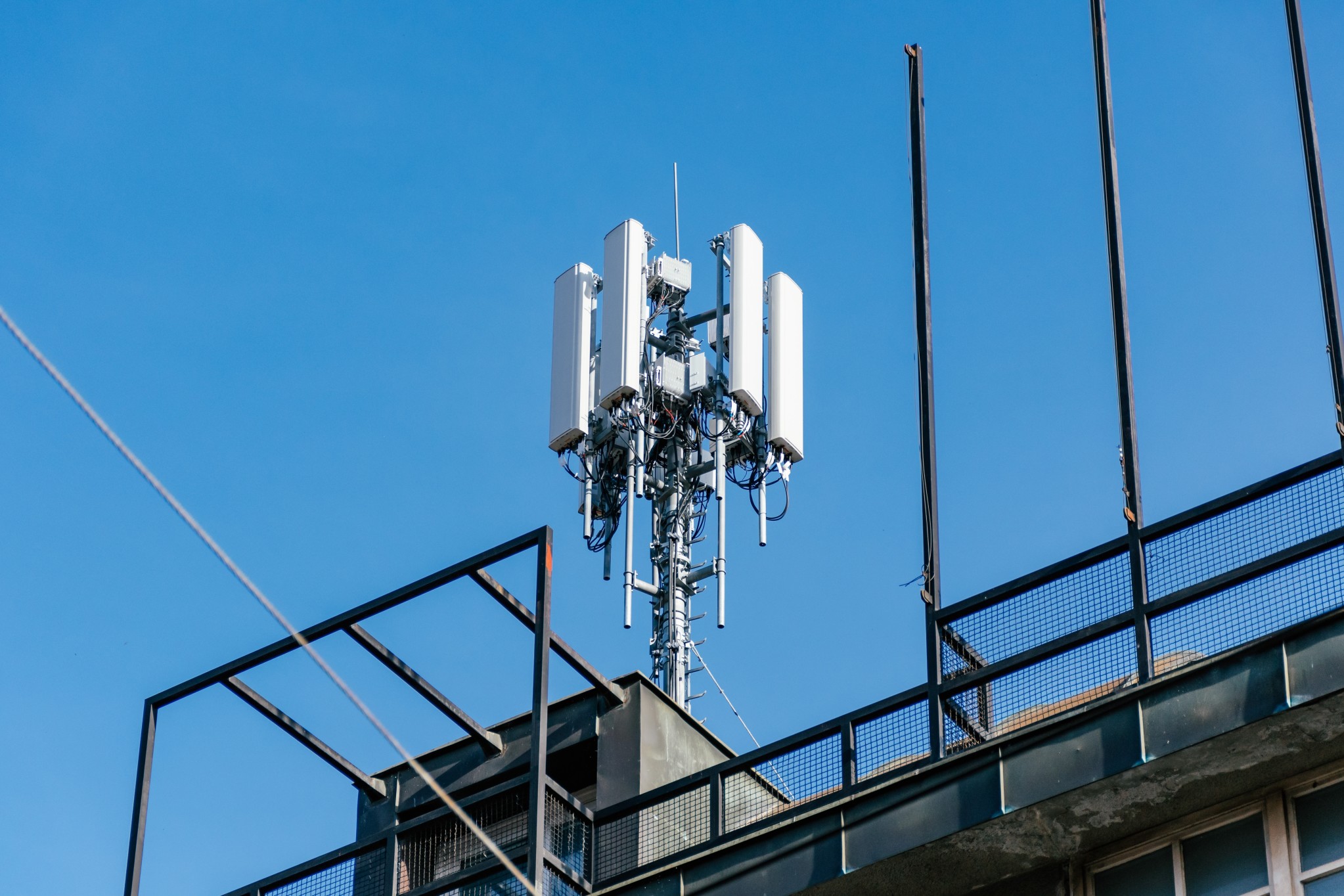If safe distance from cell tower 've ever walked through a town you might have noticed tiny 5G cell towers on the poles of street lights. safe distance from cell tower look like little boxes however they're actually sending wireless signals from cell phone providers to your phone.
The smaller ones are being replaced by larger built cell towers. Although they're not as visible however, they could create problems for those who live nearby.
A FCC's Radiation Exposure Thresholds
The FCC's Radiation Exposure Thresholds establish the maximum amount of time an individual can be exposed to electromagnetic energy from wireless devices. The limits for exposure are based on scientific data which show that the energy of RF can be harmful to human health.
The rate of absorption called the specific absorption rate (SAR) is an indication of the radiofrequency energy absorption by tissues. It is typically 1.6 milliwatts per kilogram calculated over one Gram of tissue.
Since 5g is able to transmit at higher frequencies and has the potential to create more energy on the skin and other exposed body areas. This can result in various potential problems, including an increased the development of skin conditions like dermatitis, skin cancer and cataracts.
Due to the potential for harmful effects of radiation from 5G, PSU has chosen to create a general maximum power density of four MW/cm2 measured on 1cm2, but not to exceed 30 minutes for the entire 5G spectrum at 3000 GHz. This localized limit is consistent with the highest spatial-average SAR of 1.6 W/kg averaged over 1 grams of tissues at six GHz.
The FCC's Maximum Exposure Thresholds for Maximum Exposure
In the event that you've used mobile phone, then you've probably realized that the safest location from the tower should be at least 400 meters away. This is because the power of transmission from cell towers increases drastically the further away your location from the tower.
While this sounds like an ideal idea but the truth is that people who live close to towers might be more prone to health issues. For instance, a study conducted in 2014 in India found that residents who lived within 50m of cell towers experienced significant more health issues than those who lived farther far from antennas.
But, the study found that people who moved to areas further away from cell towers noticed their symptoms improve within a couple of days. Another study has shown that exposure to high levels of radiofrequency electromagnetic fields (EMFs) can cause brain tumors, cancer and other health issues.

This is because radiofrequency radiation, used in wireless communication can be absorbed by the body's outer layer, the skin. It is crucial to know because the skin acts as a protective barrier against injury to the body, infection by pathogenic microorganisms, and the entry of harmful substances. It is also the biggest organ of the human body and is accountable for protecting other organs.
The FCC's Minimum Exposure Thresholds
The FCC's Minimum Exposure Thresholds are based on various assumptions that aren't supported by scientific evidence. They include the incorrect belief that short-term exposures RF radiation is safe due to minimal penetration into the body (i.e., tissue heating).
This assumption does not take into account the greater penetration of ELF elements of modulated radio signals as well as the effect of brief bursts of heat generated by RF waves that are pulsed. These assumptions do not correspond with current understanding of the biological effects of RF radiation, and thus, they should not be considered for health protection exposure guidelines.
Additionally, the ICNIRP and FCC are limiting the maximum limits of exposure to peak local SARs that are based on the maximum spatial specific absorption rate (psSAR) that is not a sufficient dosimetric tool to assess the amount of radiation exposure. Particularly, psSAR is inaccurate for frequencies that exceed 6 GHz. Additionally, psSAR hasn't been evaluated for RF radiation that is exposed to other environmental agents such as sunlight. The interactions of RF radiations with different environmental agents may produce synergistic or antagonistic effects. This would result in an increased risk of adverse health consequences. For example, exposure to RF radiation with sunlight may raise the chance of developing skin cancer, as well as aggravate other skin disorders, such as acne.
